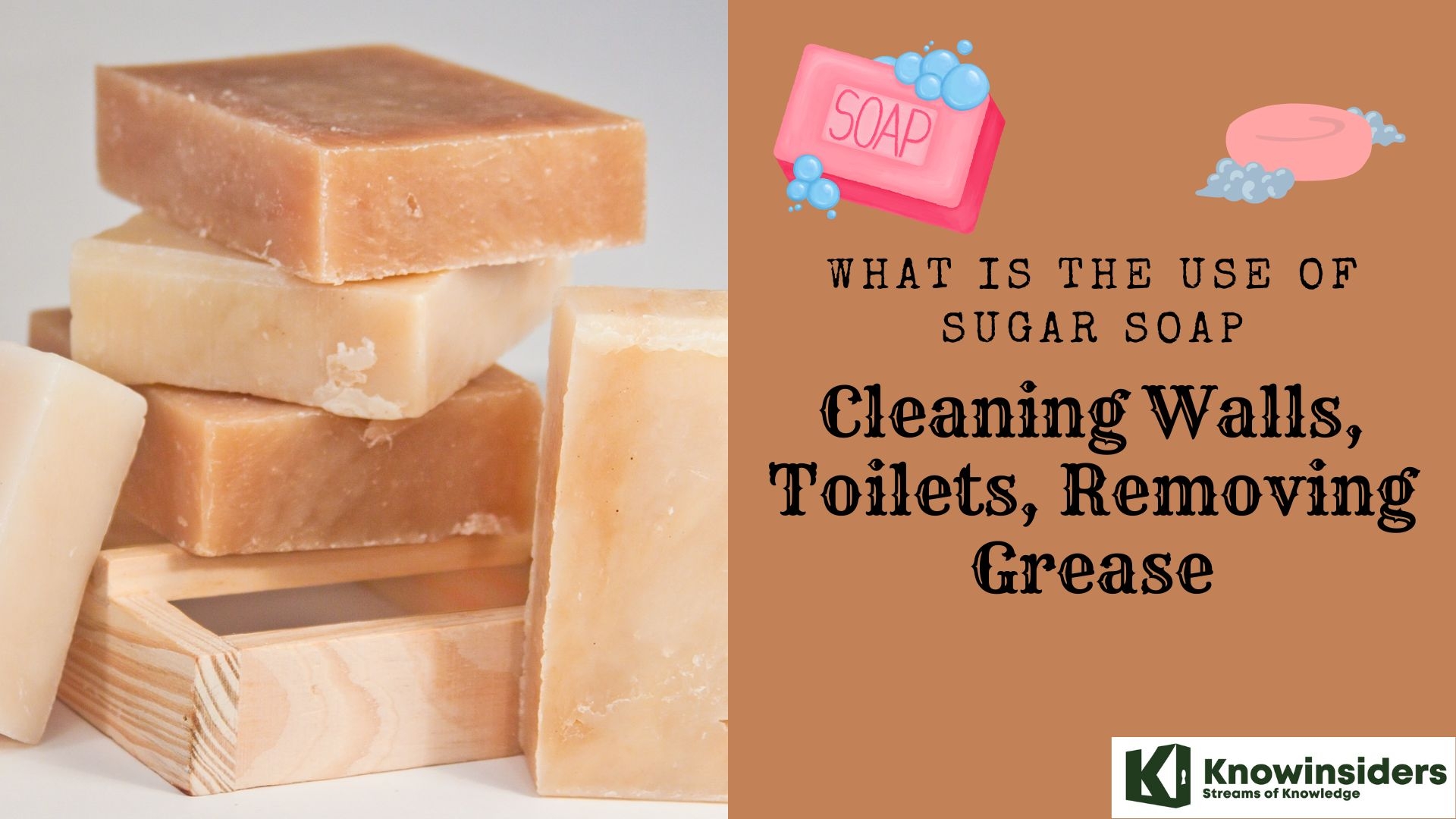How To Make Your Own Beer At Home
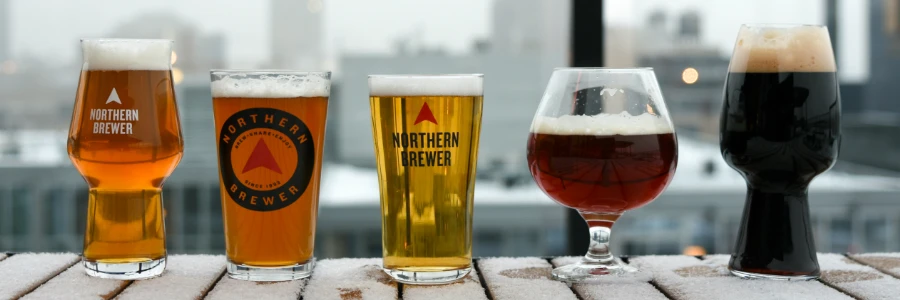 |
| Photo: Getty Images |
So you’ve decided to make your own beer at home. Congratulations! You’re about to engage in a wondrous and rewarding task almost as old as humanity itself. But there’s no reason to be intimidated. Although people have been brewing beer for millennia, the basic process has remained much the same through the ages.
This article will discuss what home brewing equipment you need to get started as well as walk you through the basic steps of how to brew an American amber bock. It’s time, as homebrewing godfather Charlie Papazian says, to “Relax, don’t worry, have a homebrew.”
The Basic Brewing Process
| Photo: Northern Brewer |
First off, homebrewing can be divided into two types: all grain and extract. Beer is made using the sugars from malted (partially germinated) grains. In all grain brewing, the homebrewer via a series of steps extracts these sugars from milled grains him or herself. In extract brewing, the homebrewer uses ready-made malt extract, skipping the sugar extraction process entirely as it has already been done.
Extract brewing is a good starting point for most new homebrewers because the process requires minimal beer equipment and procedures while still producing quality beer, and it’s the type of brewing we’ll focus on here.
Ingredients of Beer Making
Now that you have the equipment taken care of, let’s go over the main ingredients of beer. There are only four: hops, grains (and/or malt extract), yeast, and water. We’ll look at each one individually.
Hops
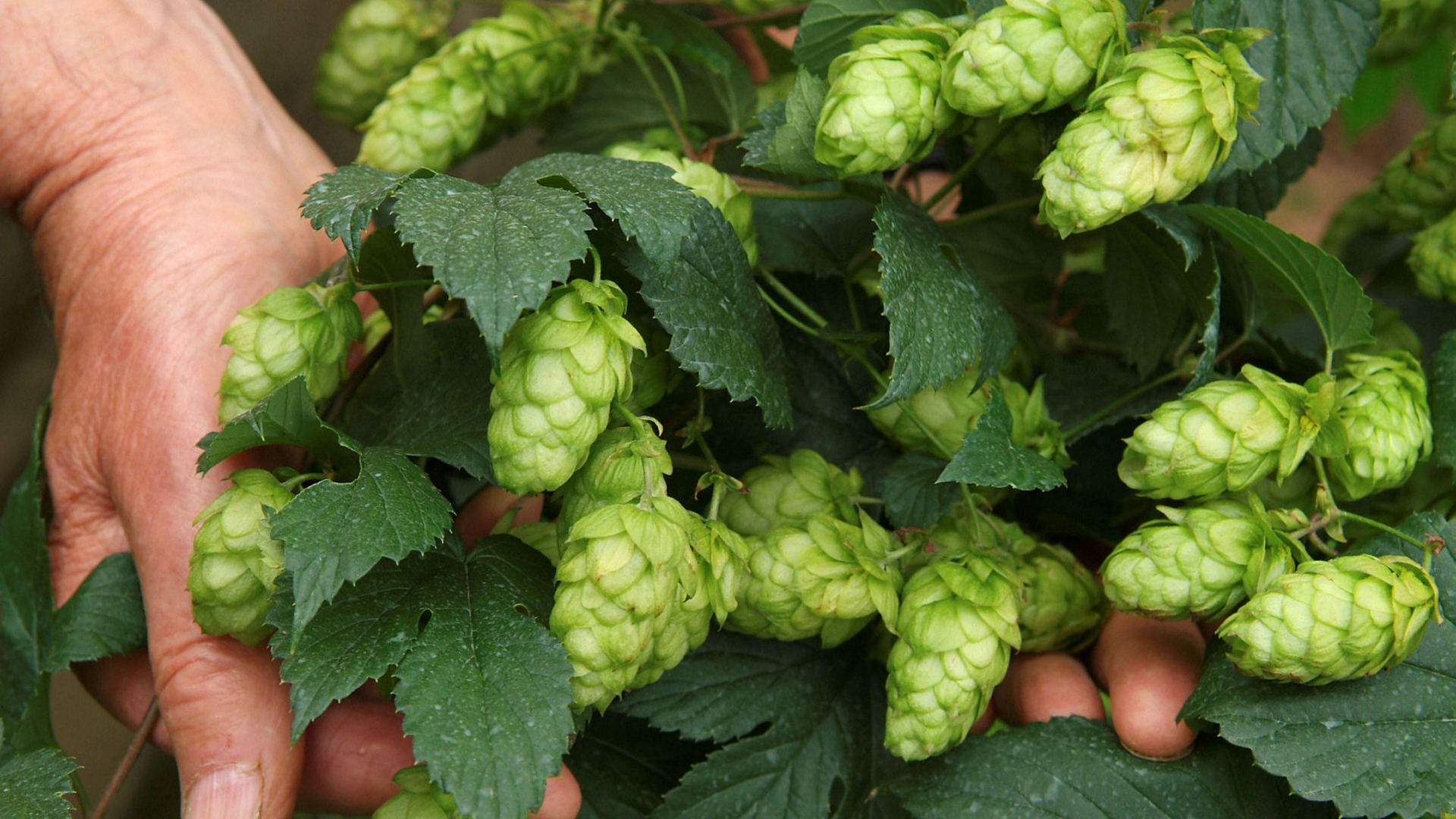 |
| Photo: Financial Time |
Hops are the flowers (cones, really) of the plant Humulus lupulus. Hop cones from female plants are used in brewing and contain the alpha acids that determine that particular hop’s bitterness. The higher the alpha acid percentage, the more bitterness that hop will contribute to your boil. Typical boils last 60 or more minutes because the hops’ alpha resins are not readily soluble in water and must be boiled for at least an hour to release their bitterness.
Important note: The acid percentage of hops varies from year to year, hop variety to hop variety, and region to region, so it’s important to keep good records of your brewing so that you can duplicate your successful brews. Refer to the package your hops come in for the most accurate alpha acid percentage.
In addition to being used in the boil to add bitterness to your finished beer, hops are also added toward the end of the boil to impart aroma and fragrance. This is important because much of what we perceive as taste comes through our sense of smell. Hops used in the boil are called bittering (or boiling) hops, while hops added at the end are known as aromatic (or finishing) hops.
Grains
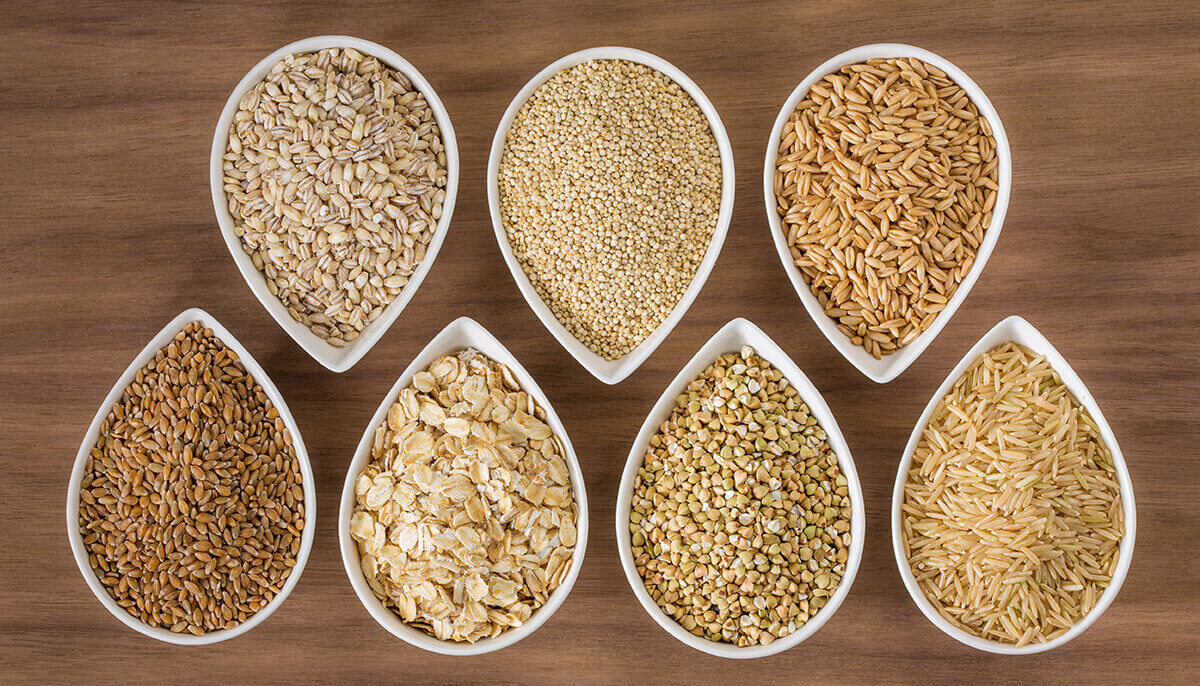 |
| Photo: Daily Council of California |
Even if you are brewing with malt extract, using a small amount of what are called “specialty grains” can help give your beer added flavor, aroma, color, and body. Buying your grains from a reputable homebrew shop like Adventures in Homebrewing will help ensure that you’re getting grains that are fresh and have been stored properly.
To be used in making beer, grains must first be milled (or crushed). You can do this at home if you have a grain mill or other method capable of crushing the grains finely, or you can do it (or have it done) at the homebrew shop. Crushed grains should be used as soon as possible, while uncrushed grains will store well for up to four months.
Malt Extracts
Using malt extracts is a convenient way of making your own beer and can make the process more enjoyable for new brewers. Whether you have just a few or more than a hundred batches under your belt, extracts can produce exceptional beers. The quality of extracts has improved greatly over the years and can be depended on to provide consistent results.
Malt extract is available in a liquid (LME) or dry (DME) form. But be careful: which form you use affects how much you need for a given recipe. You can use a simple calculation to help determine what kind of original gravity – a measure of the fermentable sugars in your unfermented beer (wort) – you can expect from LME vs. DME. Here is the rule of thumb:
1 lb LME will produce a 1.044 original gravity when dissolved in 1 gallon of water.
1 lb DME will produce a 1.037 original gravity when dissolved in 1 gallon of water.
You can use these calculations to determine how many pounds of LME or DME you need to achieve a known original gravity if you aren’t using a pre-measured recipe kit.
Yeast
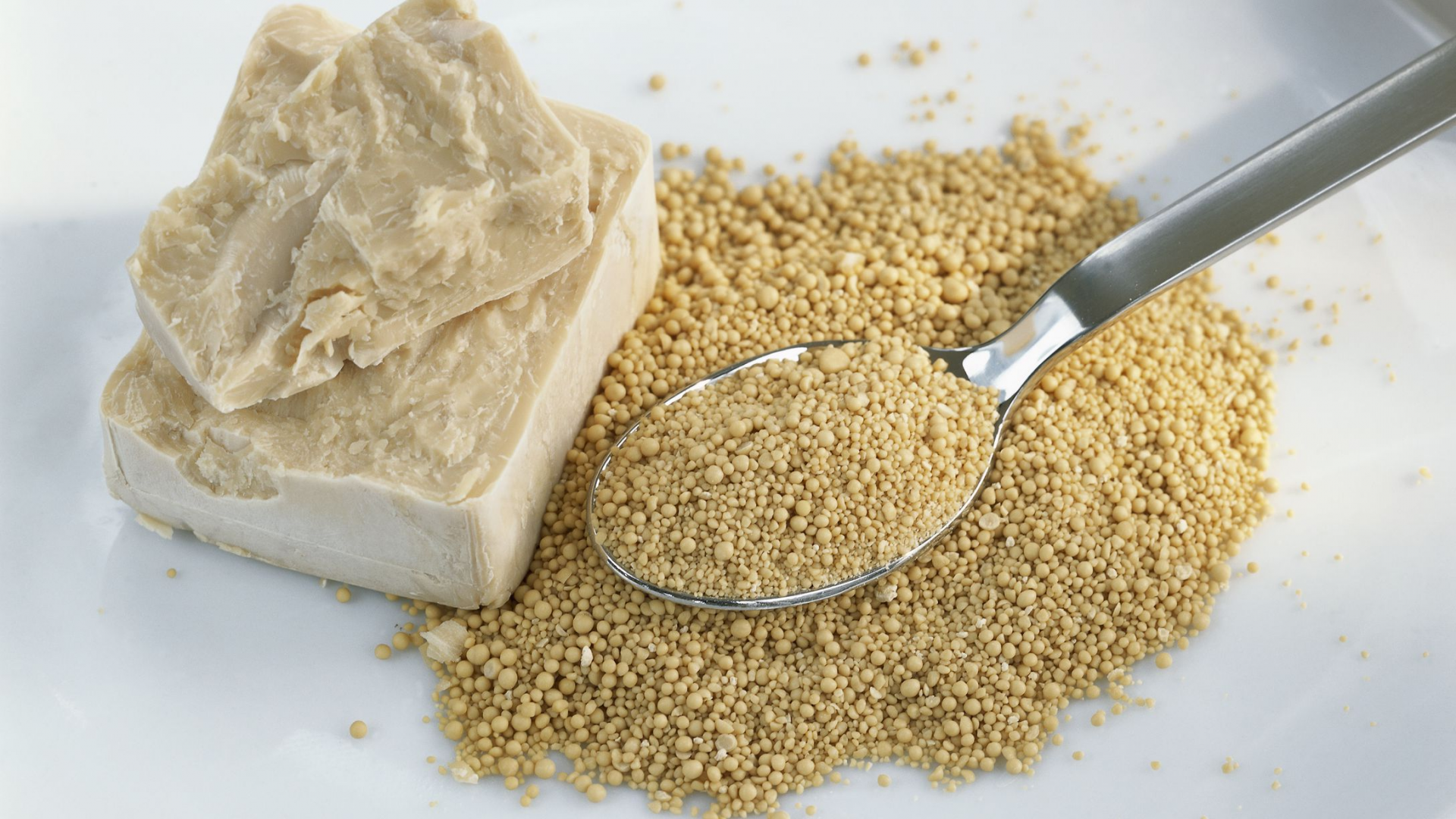 |
| Photo: Getty Images |
Beer was brewed for millennia before brewers understood the role yeast played in fermentation. Today, you may have heard the common saying, “Brewers make wort; yeast makes beer.” In brewing, yeast, which is a single-celled fungus, consumes the malt sugars and produces alcohol and CO2.
Like malt extract, brewer’s yeast comes in liquid or dry form. It used to be that dry yeast was looked down upon as being of poor quality and not adding much to the beer, but these days there are many varieties of dry yeast made specifically for different beer types.
There are advantages and disadvantages to using either dry yeast or liquid yeast. Dry yeast has a long shelf life and requires minimal preparation to use. Liquid yeast comes in vastly more varieties than dry yeast but has a shorter shelf life and requires more careful handling. Either way, you can achieve the quality beer you are looking for.
Water
The quality of the water you brew with is important because beer is more than 90 percent water. Basically, water used for making beer needs to be clean and free of odors (a typical example of odor is chlorine). Other factors to consider with your water include its pH and “hardness” (minerality). Good brewing water should be moderately hard and have low to moderate alkalinity. There are ways to adjust your water chemistry, if necessary, to get it where you want it; however, many homebrewers make perfectly good beer with “as-is” tap water.
******READ MORE: How To Drink Beers Without Getting Drunk
Making Your Beer
Step 1: Prepare
1. Gather your brewing equipment. You'll need:
Brewing Kettle
Fermenter + Air Lock
Funnel (optional)
Sanitizer
Auto-Siphon
Stir Spoon
Beer Recipe Kit (or individual ingredients)
2. Sanitize, Sanitize, Sanitize. Your success will rely on how clean your equipment is. Anything that comes in contact with your beer after the boil process should be sanitized. PBW and Star San are great cleaners and santizers.
Step 2: Steep Your Grains
Start by heating 2.5 gallons of water in your brew pot. Add the (crushed) specialty grains to the grain bag:
0.5 lbs Crystal (120 °L+)
0.5 lbs Dark Munich
0.25 lbs Victory
Tie a knot at one end of the grain bag, leaving room for the grains to be loose in the bag. Place the grain bag in the water. Slowly raise the temperature to 150°F to 160°F. Steep your grains at this temperature for 20 minutes. Remove the grain bag from the pot. Do not squeeze the bag; just let the liquid drain from the bag into the pot. You now officially have “wort” – unfermented beer. But there are several other steps to fully prepare your wort for fermentation.
Step 3: Begin the Boil
Bring the wort to a rolling boil, being careful to avoid a boil-over. Once you’ve achieved a boil, remove the brew pot from the heat source.
Now add:
7 lbs Pale LME
1 oz Saaz hops
Stir the wort until the malt extract has completely dissolved. Any undissolved extract allowed to sit on the bottom of the pot will burn, so make sure you’ve stirred thoroughly before returning the wort to a rolling boil.
Step 4: Add Aromatic Hops
Let your wort boil for 55 minutes, then add:
1 oz Saaz hops
These are your aromatic (or finishing) hops. Because you are boiling them for only five minutes, they add no bitterness but contribute their aroma and fragrance to the finished beer.
Step 5: Cool the Wort
Following the 60-minute boil, you’ll need to cool your wort down to below 100°F as quickly as possible. There are many ways to do this, but we at Adventures in Homebrewing recommend using a wort chiller. (See our “How to Cool Wort Fast” page.)
If you haven’t already, now is a good time to sanitize your fermentation equipment, i.e., the “Ale Pail,” airlock, hose, and hydrometer. Your wort at this point is a big feast for microbes, and you don’t want any uninvited guests showing up to the dinner party. Anything that may come into contact with the wort should be sanitary.
Step 6: Transfer the Wort to the Fermenter
Siphon the cooled wort into your primary fermentation vessel (your “Ale Pail” if you’re using the basic homebrewing equipment kit), then top it off with enough cold water so that you have five gallons. You’ll also want to aerate the wort, either by using a diffusion stone or simply by rocking the fermenter back and forth once the lid is in place.
Determine Your Original Gravity
Now is when you want to use your hydrometer to measure the wort’s original gravity (OG), which basically indicates a number of fermentable sugars present. You’ll want to record the number as you will use it later, along with your final gravity reading, to calculate your beer’s alcohol by volume (ABV). (See our “How to Read a Hydrometer” page.)
Step 7: Pitch the Yeast
Now it’s time to add, or “pitch,” your yeast into the wort. During fermentation, the yeast will consume the malt sugars and produce alcohol and CO2. The wort should be cooled to around 78°F before you pitch your yeast, but follow the procedures outlined on the yeast package. We suggest using one of the following yeasts for the American Amber Bock:
White Labs 001 California Ale Yeast. Famous for its clean flavors, balance, and ability to be used in almost any style ale. It accentuates the hop flavors and is extremely versatile.
Wyeast 1056 American Ale Yeast. Very clean, crisp flavor characteristics with low fruitiness and mild ester production. A very versatile yeast for styles that require dominant malt and hop character. This strain makes a wonderful “house” strain. Mild citrus notes develop with cooler 60-66°F (15-19ºC) fermentations.
Fermentis Safale US-05. A ready-to-pitch American ale yeast for well-balanced beers with low diacetyl and a very crisp end palate.
After you’ve pitched the yeast, seal the fermenter tight, attach the sanitized airlock and stopper, and fill the airlock with water.
Step 8: Let the Wort Ferment
Put the fermenter in an out-of-the-way, temperature-stable place. You should see activity within 24-48 hours as CO2 begins to escape the airlock. It will take from one to two weeks for the fermentation to complete, during which time you should do nothing to disturb the process.
Some brewers include a secondary fermentation step after about a week. It involves siphoning the beer into a secondary fermenter, such as a glass carboy, and allowing it to condition for another week or two. This step is optional (at least for some beers), but the advantages include allowing the beer to clear more, resulting in less sediment once you’ve kegged or bottled it.
Determine Your Final Gravity and Calculate ABV
Use your hydrometer to take a reading of the beer’s final gravity (FG). You can calculate the beer’s approximate ABV using the following formula:
ABV = (OG - FG) x 131.25
So using our targets for the American Amber Bock, we’d get:
(1.057-1.014 ) x 131.25 = 5.64% ABV
Note that this calculation provides only an approximation of the beer’s ABV, but it is the simplest method and is generally “good enough” for homebrewing.
Step 9: Keg or Bottle Your Beer
Siphon the finished beer into the bottling bucket. If the recipe calls for any bottling additives (such as priming sugar) to be added to the bottling bucket, add them now.
At this point, follow kegging or bottling procedures.
Watch video How To Brew Your First Homemade Beer:
 How To Drink Beer Without Gaining Weight How To Drink Beer Without Gaining Weight You love drinking beers, but dont want to have a fat belly or gain weight for an energetic summer. The article below will give ... |
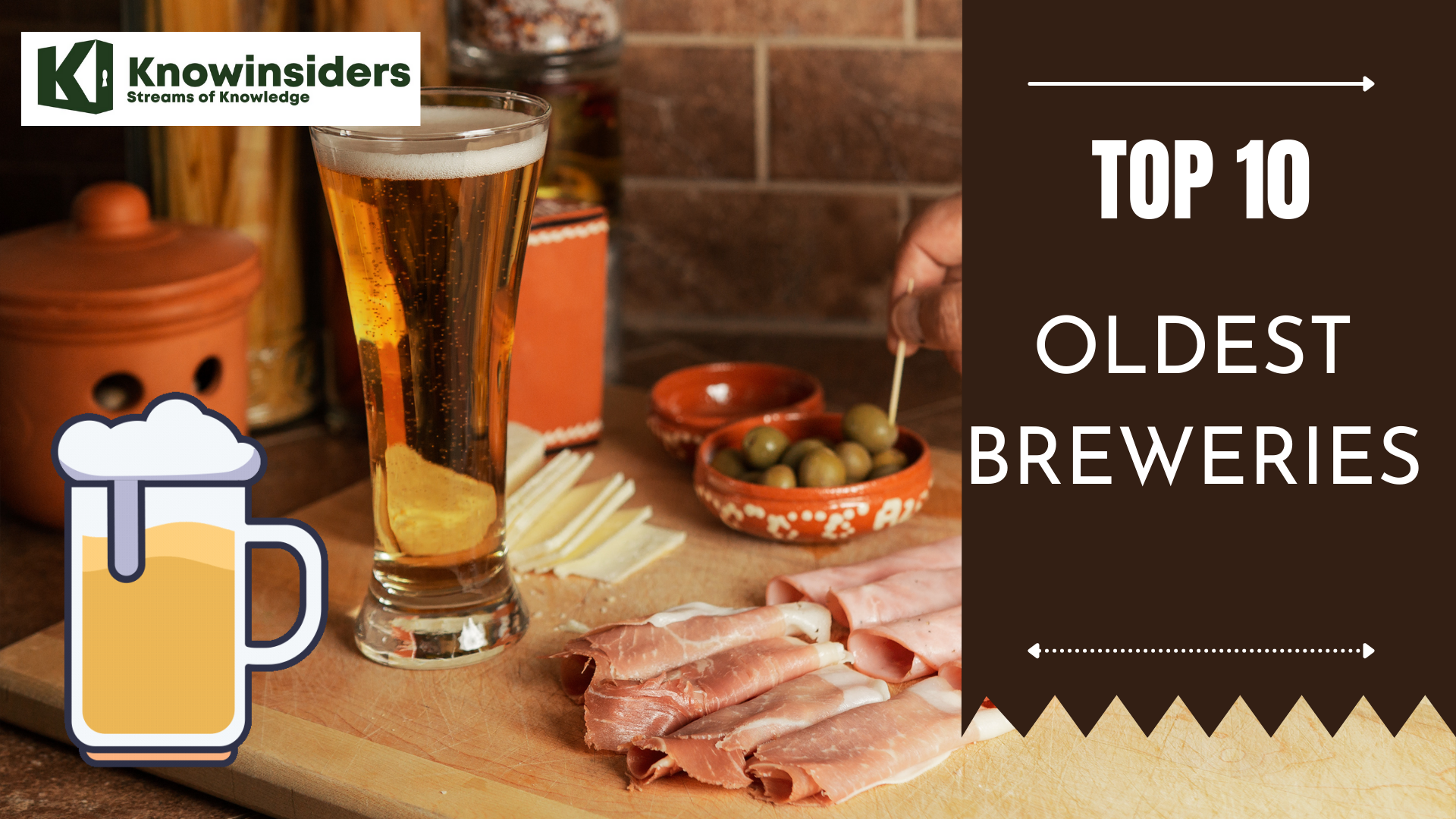 Top 10 Oldest Breweries In The World Top 10 Oldest Breweries In The World People have been making beer on earth for over 7,000 years. In that time, we’ve tinkered, toyed and perfected recipes, creating the modern beer culture ... |
 Top 10 Countries Drink the Most Beer Top 10 Countries Drink the Most Beer Beer has been the most famous drink all over the world for many years and through history, especially for societal engagements. What are the ... |
 Top 10 Beers - Most Expensive In The World Top 10 Beers - Most Expensive In The World While Budweiser is the cheapest beer you can get in any bar, there are bottles of beer that will cost you a fortune just to ... |
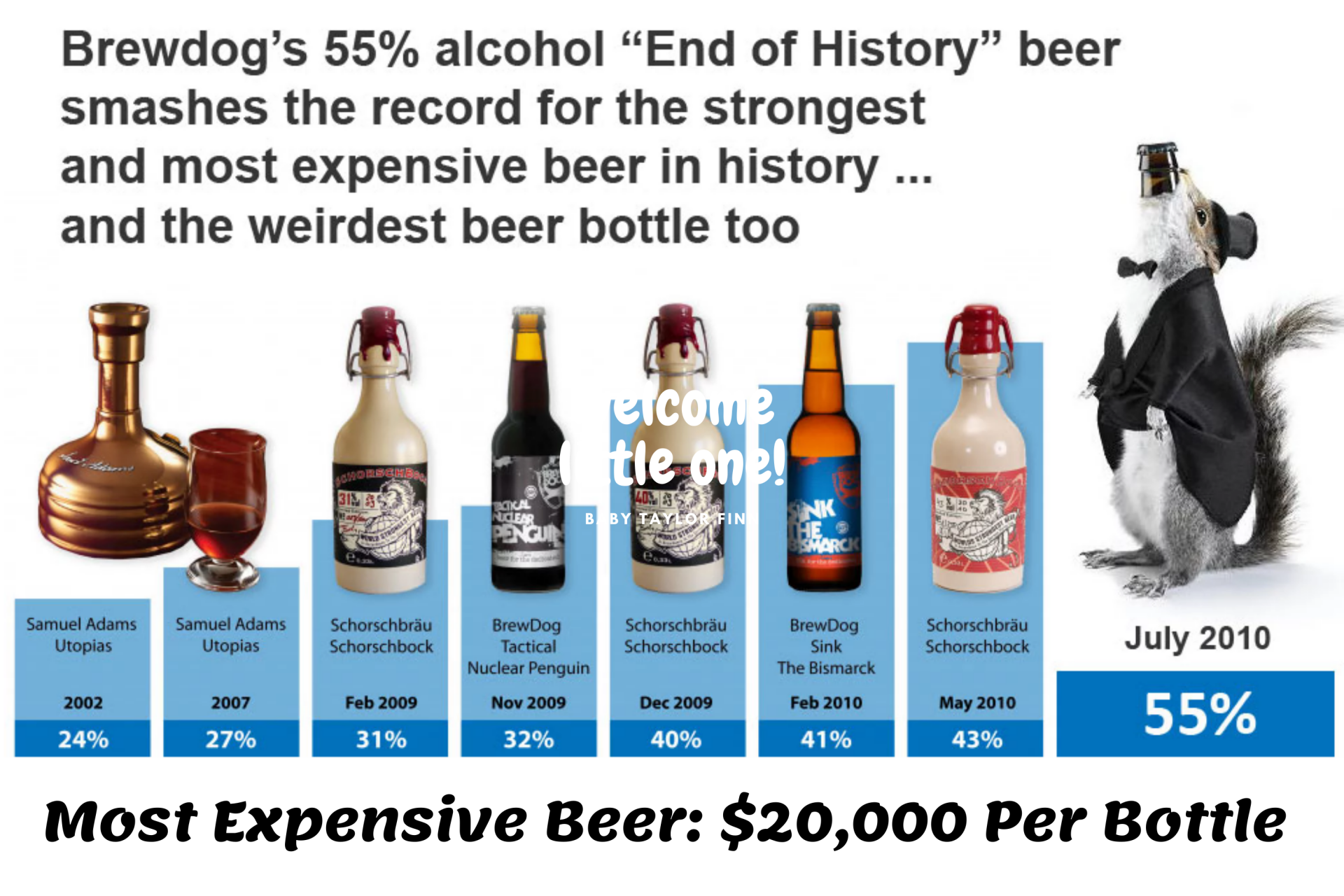 What is BrewDog - The Most Expensive and Strongest Beer of All Time What is BrewDog - The Most Expensive and Strongest Beer of All Time Imagine if you combine a bottle of beer with the strongest alcohol, and the taxidermy of a dead squirrel, you get the most expensive ... |


